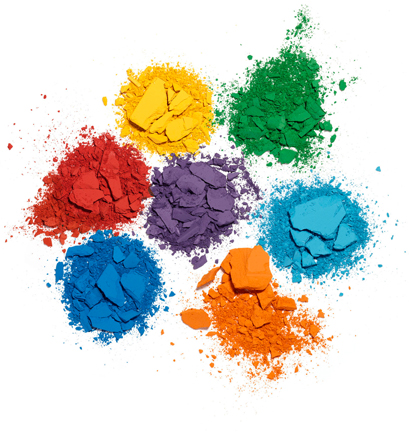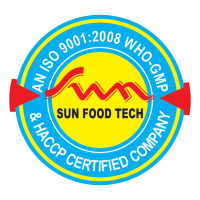Top Quality of Primary Food Colors Manufacturers in India
Synthetic food colors are artificial colorants that are manufactured through chemical processes. These colors are widely used in the food industry to enhance or impart specific colors to a variety of food and beverage products. Here are some common synthetic food colors:
- Tartrazine (E102): Also known as Yellow 5, tartrazine is a synthetic lemon yellow dye. It is often used in beverages, candy, and desserts.
- Sunset Yellow (E110): This synthetic orange-yellow color, also known as Orange Yellow S, is used in various food products, including snacks, desserts, and beverages.
- Allura Red (E129): Allura Red is a synthetic red azo dye commonly used in food and drinks. It provides a vibrant red color and is often found in candies, bakery products, and beverages.
- Brilliant Blue (E133): This synthetic blue color is widely used in the food industry. It is used to impart a blue color to candies, beverages, and some dairy products.
- Erythrosine (E127): Erythrosine is a synthetic cherry-pink color commonly used in bakery products, candies, and dessert decorations.
- Indigo Carmine (E132): Also known as Blue 2, indigo carmine is a synthetic blue color used in some foods and beverages.
- Fast Green FCF (E143): This synthetic green color is used in various food products, including candies, beverages, and desserts.
- Brilliant Black (E151): Brilliant Black is a synthetic black colorant used in food products such as licorice, sauces, and some processed foods.
It's important to note that the use of synthetic food colors has been a topic of debate and concern. Some studies have suggested potential links between certain synthetic food colors and hyperactivity in children, leading to regulatory scrutiny in some regions. As a result, there has been a growing trend in the food industry towards using natural food colors derived from plant and mineral sources.
Primary food colors as called Synthetic food colors, are those that are commonly used in the food industry to add color to various food products. The top qualities of primary food colors include:
Safety: Primary food colors must be safe for human consumption. They should not pose any health risks or have adverse effects when used in accordance with regulations and recommended levels. Regulatory agencies in different countries set safety standards for food colors.
Stability: Primary food colors should be stable under different conditions such as heat, light, and pH variations. This ensures that the color remains consistent throughout the shelf life of the product and during cooking or processing.
Solubility: The food colors should be easily soluble in the food matrix to ensure uniform distribution. This helps in achieving a consistent and appealing color in the final product.
Taste and Odor Neutrality: Food colors should not impart any undesirable taste or odor to the food product. They should be neutral and not affect the overall sensory characteristics of the food.
Color Strength: Primary food colors should exhibit good color intensity, meaning a small amount of colorant should be sufficient to achieve the desired color. This allows for precise control over the final appearance of the food product.
Versatility: Primary food colors should be versatile and compatible with a wide range of food products. They should be applicable to various food matrices, including beverages, confectionery, baked goods, and more.





Comments